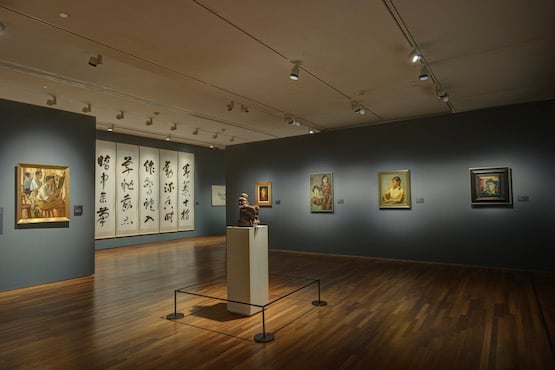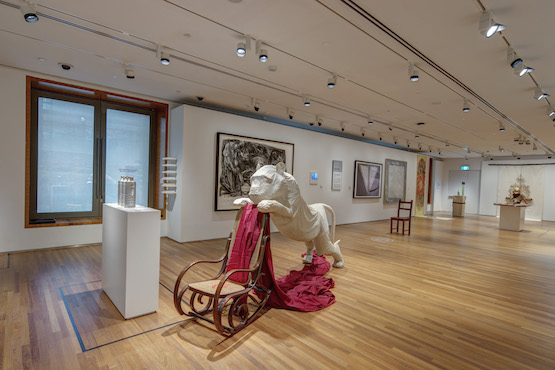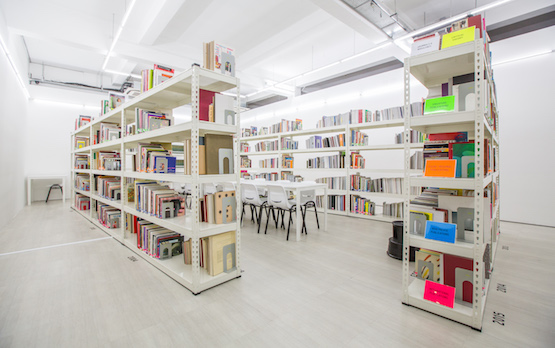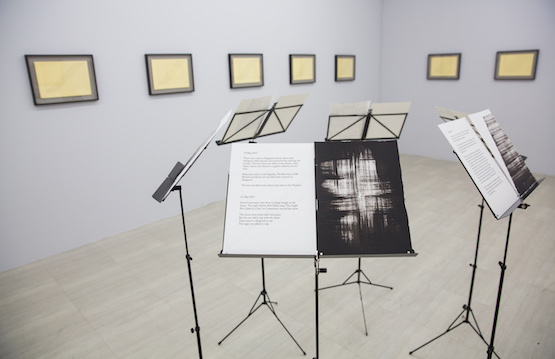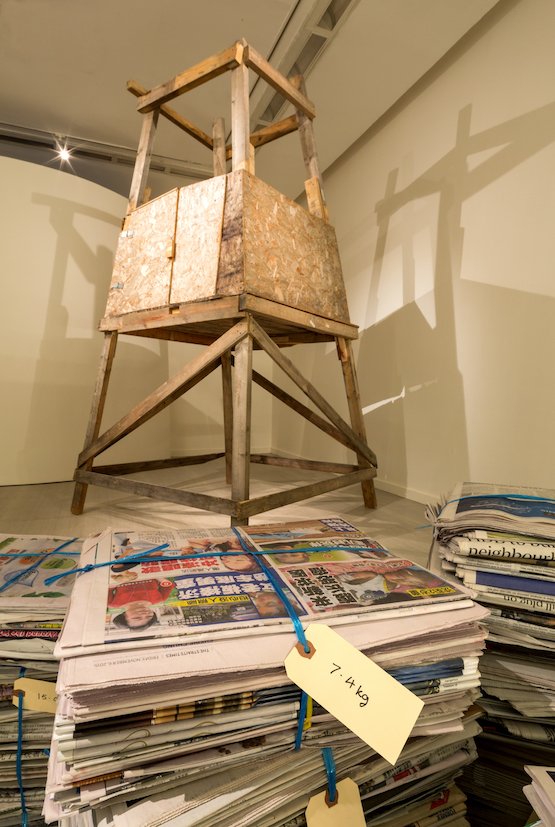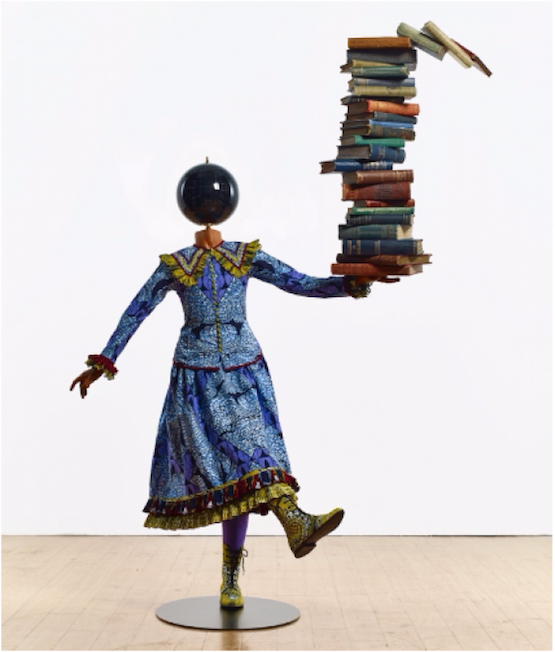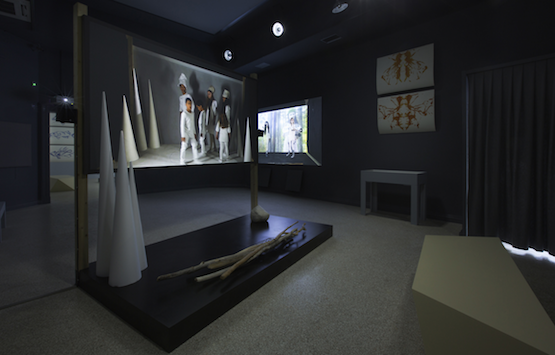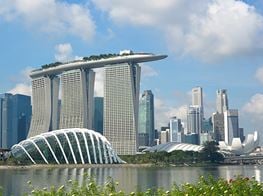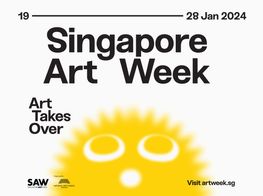Face off: The Singapore art scene
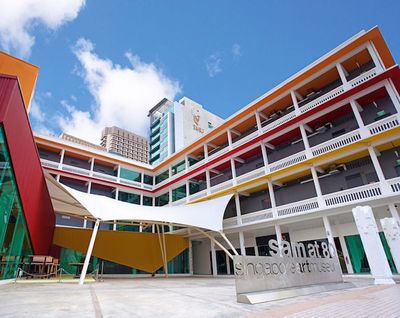
Contemporary Singapore, as most observers of the island state will know, is a place that has grown enormously successful despite the shock of its early separation from a federation with Malaysia. Celebrating its golden jubilee last year, and branded in typical Singaporean fashion as ‘SG50’, there was excitement in some circles over the notion of SG50 babies. One patriotic blogger even jokingly suggested that if a pair of 50-year-olds could be persuaded to procreate, then the result would be a perfect little commemoration. Perhaps a richer and more enduring legacy is to be found in the country’s new National Gallery, which will be one of the main venues to visit during Singapore Art Week, (16 to 24 January, 2016).
A decade in gestation and at the cost of some S$532 million, the National Gallery Singapore is currently exhibiting approximately 800 works over 64,000 square metres. The institution itself integrates two colonial era architectural monuments: the country’s former City Hall and Supreme Court. The prime minister, Lee Hsien Loong, no less, opened the institution last November, mentioning the importance of cultural spaces like The National Gallery of London and the Rijksmuseum in Amsterdam. Unlike these destinations, Singapore’s national gallery is the first museum in the world dedicated to Singaporean and Southeast Asian art. The opening itself was the culmination of a gala art week which also involved the country’s president, Tony Tan Keng Yam, joining the general public to watch a kitschy animation—inspired by the museum’s collection—projected over the new institution’s entire façade. The real pleasure however was to be found inside.
Image: Exhibition view, Siapa Nama Kamu?, DBS Singapore Gallery. Courtesy the National Gallery Singapore.Siapa Nama Kamu?, an exhibition dedicated to Singaporean art from the 19th century to the present, is one of the key inaugural shows of the National. The title, which means ‘What is your name?’ in English, is inspired by Chua Mia Tee’s 1959 painting National Language Class, a work of social realism depicting a group of students learning Malay. The phrase is written on the blackboard depicted in the painting. Chua captures a moment when the study of the Malay language was considered an important unifying force for establishing a common national identity in Singapore.
Image: Exhibition view, Siapa Nama Kamu?, DBS Singapore Gallery. Courtesy the National Gallery Singapore.There is a strong seam of work engaging identity and identity politics in contemporary art throughout the region. If you have visited Singapore’s biennales (the next one opens this October), then contemporary art engaging with such notions has most certainly been rife—but view some of the early works in the National’s exhibition and perhaps there is a small antecedent. Eugene Tan, the museum’s soft spoken director, has described the public’s understanding of art as being directed from the contemporary, and in his view one effect of the gallery should be to redress, or perhaps even expand on, this understanding. A good example of this is an opportunity to see a group of early works from Singaporean artist, Tang Da Wu.
Tang founded the first art colony to be established in Singapore, The Artists Village, a collective committed to promoting experimental art through the provision of studio and exhibition space. On show at the National Gallery from 22 January until 19 June 2016, will be a re-visitation of Tang’s 1980 show, Earth Work. Featuring land art interventions, earth installations and mineral pigment drawings, the exhibition was originally presented at Singapore’s National Museum Art Gallery, but was shut down after three days and moved to a different venue. The series represents the artist’s response to major construction works going on at the time, and one of the seminal works, Gully Curtains, 1979, for example was created on a building site and lasted only a short time. The National Gallery exhibition revisits that moment in 1980, displaying original artworks and re-creations alongside archival photographs.
With the National’s opening and Tan’s intention towards fostering historical art knowledge, it seems that the Singapore Art Museum (SAM), a short stroll from the larger institution, may arguably be freed from putting on more historical exhibitions. One of its current exhibitions, President’s Young Talent (until 28 March at SAM at 8Q) showcases young talent in Singapore. Selected by an independent committee comprising local art professionals and a SAM curator, each of the artists in the exhibition (aged 35 and below) is invited to work closely with mentors from the committee to present the commissioned work that appears in the President’s Young Talents exhibition. The exhibition ultimately culminates in a Grand Prize winner and a People’s Choice awardee.
Image: Loo Zihan, Of Public Interest —The Singapore Art Museum Resource Room. 2015. Image courtesy the artist and Singapore Art Museum.While there is a range of ideas and approaches on view in the SAM exhibition, it is the work by Loo Zihan and Ang Song-Ming that stands out. The former has cannily rearranged the museum’s own resource room and it is now on display to the public for viewing and use; while the latter, an artist who often uses music in his work, presents an installation including a video which draws from personal experience and memory. Ang’s work, Days, is described as a ‘multi-part study of the mundane’. The video that appears as one of the components in the work documents the journey of the artist’s parents to bring his guitar to him, the same guitar that was then played by Ang to form the soundtrack to the video. The work is intended to highlight the time, labour and processes that inform the acts of art and music making.
Image: Ang Song Ming, Days, 2015. Image courtesy the artist and Singapore Art MuseumSAM also presents Time of Others (until 28 February 2016), an exhibition which ‘poses the paradoxical question of how we can authentically and meaningfully conceive, understand and engage with other cultural contexts of society, while residing within our own localities, and being part of a globalised world today.’ Among the work of 17 artists who feature in the exhibitions, are two paintings from On Kawara’s Today series as well as work by other international artists like Pratchaya Phinthong. Phinthong’s work, Give More Than You Take, 2010 - Ongoing, documents in video labourers picking berries. The labourers are paid based on the weight of the berries they pick, and expanding on this, the artist uses the weight of berries he picked (when he worked with the labourers) to determine an equal quantity in objects to display. In this version, newspapers are used, and as stated in the exhibition material, ‘In this exchange, the value of artistic and menial labour is conflated’.
Image: Pratchaya Phinthong, Give More Than You Take, 2010 - ongoing. Collection of the artist. Courtesy the Singapore Art Museum.In addition to visiting the National Gallery and the Singapore Art Museum, those attending Singapore Art Week will also be in town for one of the main events, Art Stage Singapore. Now in its sixth edition, Art Stage, one of the few major art fairs in Asia oriented towards Southeast Asian art, will open to the public from 21 to 24 January. The week will also see all of the city’s commercial galleries host major exhibitions and events: Jane Lee at STPI, Yunizar at Gajay Gallery, Belinda Fox at Chan Hampe Galleries, for example, within the city centre. Other events will take place at Gillman Barracks, which (despite its numerous detractors) continues to operate as the city’s major gallery hub. Gillman's annual Art after Dark event on 22 January will draw large numbers of locals and international visitors to see exhibitions featuring artists such as Yinka Shonibare at Pearl Lam Galleries, Xue Song at ShangART Singapore, Indonesian artist Nasirun and Japanese artist Tanada Koji at Mizuma, Steve McCurry at Sundaram Tagore Gallery, Zai Kuning at Ota, and Donna Ong at Fost.
Image: Jane Lee, SECOND CHANCE, 2015. Produced at STPI—Creative Workshop & Gallery, Singapore. © STPI / Jane lee. Image courtesy STPI, Singapore.Gillman Barracks plays host to one of the city’s more important non-profit art spaces, the NTU Centre for Contemporary Art Singapore. Under the helm of Uta Meta Bauer, this institution since its opening in 2013 has consistently bought and promoted a diverse range of international art and artists providing a counterpoint to the more local and regional orientation of the other spaces. Recently, visiting spiders in the form of Tomas Saraceno’s Arachnid Orchestra, took residence at the institution turning their webs into musical instruments with the help of electronic equipment installed by the artist. The exhibition arguably did seem a bit strange, and even creepy at first glace, but if you happened to have caught school children visiting, a maybe long forgotten sense of wonderment was put on display.
Image: Yinka Shonibare MBE, Girl Balancing Knowledge, 2015. Fibreglass mannequin, Dutch wax printed cotton textile, books, globe and steel baseplate, 179 x 139 x 89cm. Image courtesy Pearl Lam GalleriesChildren in the form of teens feature as young avatars in Joan Jonas’ multimedia drawing/painting performance documented on video, which will underpin the CCA’s next exhibition. Opening on the 22nd of January, the exhibition re-stages Jonas’ 2015 Venice Biennale presentation for the United States of America, They Come to Us Without a Word. Co-curated by Baur, along with Paul C. Ha of the MIT List Visual Arts Center, the exhibition is described as continuing the artist’s investigation into the work of Halldór Laxness and his writing on the spiritual aspects of nature’. Jonas’ nearly immersive video installation is mysterious, playful and inventive.
Image: Exhibition view of Joan Jonas's They Come to Us without a Word (Bees), 2014-2015. The U.S. Pavilion at the 56th International Art Exhibition - la Biennale di Venezia; commissioned by the MIT List Visual Arts Center. Photo by Moira Ricci.And if America is what the CCA is offering, then the Institute of Contemporary Arts Singapore—at LASALLE —is showcasing a group show of lesser known French and Southeast Asian artists in Performing the Moon. A highlight will be Raphaël Zarka’s performance with and by skateboarders on 20th January, where performers will skate over a modernist-type monument by the French artist. It continues Zarka’s exploration in the juncture of modernist monuments and skateboard culture.
Despite all on offer during Singapore Art Week, it is worthwhile contemplating how many of the initiatives that underpin the city’s current art scene are reliant on government funding, the off-shoot of a cultural policy embarked upon some 30 years ago. What will be remarkable is to see if a viable independent and strong art scene can grow out of this, and in particular whether the city’s art spaces, can inspire a new generation of artists to make the city truly the cultural and creative hub it aspires to be. —[O]

